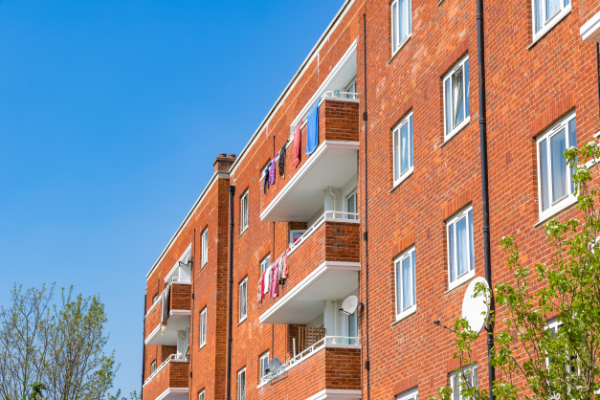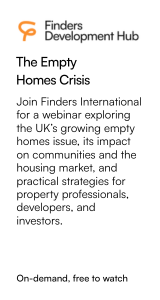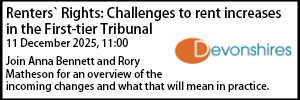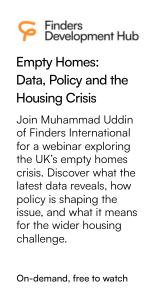“Landmark” Social Housing Act receives Royal Assent
- Details
The Social Housing (Regulation) Act received Royal Assent last week (20 July) with the Department for Levelling Up, Housing and Communities (DLUHC) claiming that the legislation will “strengthen powers to tackle failing social landlords, and tenants living in unsafe homes will be better supported by the Regulator”.
The Act brings forward the following changes:
• Strengthening the Regulator of Social Housing to carry out regular inspections of the largest social housing providers and the power to issue unlimited fines to rogue social landlords.
• Additional Housing Ombudsman powers to publish best practice guidance to landlords following investigations into tenant complaints.
• Powers to set strict time limits for social landlords to address hazards such as damp and mould.
• New qualification requirements for social housing managers.
• Introducing stronger economic powers to follow inappropriate money transactions outside of the sector.
The DLUHC revealed that new enforcement powers will be made available to tackle failing social housing landlords who are “not pulling their weight in taking swift action to address damp, cold and unsafe homes”.
Alongside powers to issue unlimited fines, a stronger Regulator will have greater authority to flush out “rogue social landlords”, with the ability to enter properties with only 48 hours’ notice and make emergency repairs where there is a “serious risk” to tenants.
The Act also makes changes to what activities the Regulator can charge landlords fees for, ensuring it has the resources it needs to do its job.
“We expect future changes to fee-charging will see all social housing providers – both private registered providers and local authority landlords – paying for regulation costs.
This will include new consumer standards as well as other costs such as investigating when things go wrong”, said the DLUHC.
The Government has also committed to introducing ‘Awaab’s Law’, where all landlords must fix reported health and safety hazards within a strict timeframe. This follows the death of a two-year-old in December 2020 due to damp and mould in his Rochdale flat.
The Social Housing Act is the latest step in addressing systemic issues identified following the Grenfell Tower tragedy, not just on the safety and quality of social housing, but about how tenants are treated by their landlords, said the DLUHC.
Secretary of State for Levelling Up, Housing & Communities, Rt. Hon Michael Gove MP said: “Today is an important step towards righting the wrongs of the past. Our landmark laws will drive up standards of social housing and give residents a proper voice.
“The Social Housing Act will help to ensure that tenants get the safe, warm and decent homes they deserve - and those who have seriously neglected their responsibilities for far too long will face the consequences.
“Awaab’s Law will force social landlords to take immediate action on dangerous damp and mould as we introduce new strict time limits to fix their homes.
“I am incredibly grateful to Awaab’s family who have displayed such courage, dignity and leadership in pushing for change and securing these vital reforms.”
The DLUHC revealed that the Regulator will “shortly publish their consultation on new consumer standards to help protect tenants” and the regime is expected to go live in April next year.
Fiona MacGregor, Chief Executive of the Regulator of Social Housing, said: “We welcome the introduction of the Social Housing Regulation Act, which will empower tenants and give us stronger powers to hold social landlords to account.
“Our next step is to consult on the new consumer standards that landlords will need to meet, and we encourage tenants, landlords and others in the sector to have their say when we launch the consultation next week.
“We’re gearing up to start our new programme of regulatory inspections from next April, and landlords will need to demonstrate how they’re providing good quality homes and services for tenants as well as meeting our governance and viability standards.”



































